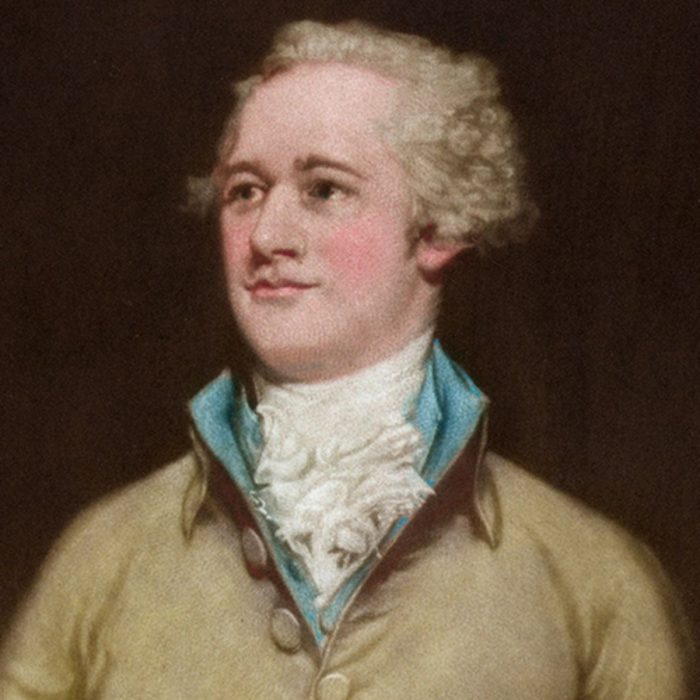Right now, a lot of my research is about food. Not recipes, nor food history, but how food and foodways creep into fiction. It’ll be a long time before I have research results that I’m willing to share. Right now, I change my mind from day to day as I discover new things. Still, it’s not at all fair to leave you out of my foodways entirely, so I’m going to share with you an old favourite of mine.
In 1552, two little books appeared in the French marketplace. In my perfect world, I would own an original copy of each, but they’re rare and the author is so famous that any copies that appeared would be snapped up for an impossible sum. I own a translation of the books, into English. I could read the original (historians have some handy language tools) but haven’t ever found a modern edition. I was in France in 1995 and found the English translation there. It’s not a big book, even though it rudely fits two old books into one.
Who is this well-known author? Michel Nostradamus, who is more known as a prophet and as a physician than as a cook. Whenever I’ve encountered people who get excited when they hear his name it’s because they want to argue about prophecy. Right now, though, his background as a plague doctor is more appropriate. He was one of the best known and possibly one of the most competent plague doctors in sixteenth century France.
I considered this when I was in the emergency department of the medical side of the university at Montpellier, for he studied there and I had a mysterious disease. I didn’t have plague. But I dreamed of my favourite recipe from Nostradamus’ cookbook as I rested after the appointment and slowly recovered from what turned out to be the side effects of being bitten by a tick. The doctor laughed merrily with his assistant, when they worked out I was Australian and yet had been infected by something in England. They looked up Australia on the computer and noted all the dangerous spiders here and all the snakes and then said “And she went to England for this. York, in the rain.” The actual diagnosis took maybe a minute, and they wrote out prescriptions and descriptions for treatment when they’d finished laughing. At that precise moment I wished I had less French because I could understand every joke they made at my expense.
Nostradamus’ quince recipe was my safe hiding place, I think.
I was in Montpellier researching Langue[dot]doc 1305, but I didn’t call on that incident at all for it. The illness meant I only had a few hours of research a day, because I really wasn’t that well.
I managed to complete all my work thanks to the kind help of people at desks. Two were the senior curators of museums, masquerading as sellers-of-tickets. I asked each of them where I could go in their museum to answer a couple of questions I had. We chatted a minute and they decided to talk me through everything I needed. Two hours, in each case, with people who knew more about the precise material I needed than were in any book. One also sold me a hard-to-find book I desperately needed, so I read that during my many hours of enforced rest.
Hearing the medical jokes at my expense was the downside of having enough French, but being able to talk the Middle Ages with experts was definitely the upside. It might also have helped that I knew a fair amount already: I was asking as an SF writer, but had a PhD in Medieval History backing it.
The third desk person was at the tourist office in the town I was setting the novel in. She had copies of unusual material hiding behind the desk and brought them out for me. In return, I told her how to make Nostradamus’ version of quince jelly.
I wish I had been able to go back one more time after I had digested all that material, because there are some questions I really wanted more answers to. I live on the other side of the world, and a return visit wasn’t possible. Still, Nostradamus and his recipes have an indelible link with Langue[dot]doc 1305.
I didn’t put even a single recipe for quince jelly in the novel. I regard this as neglectful, but I can tell you now, even my mother thinks that he had a very fine recipe. She tested it, some years back.


